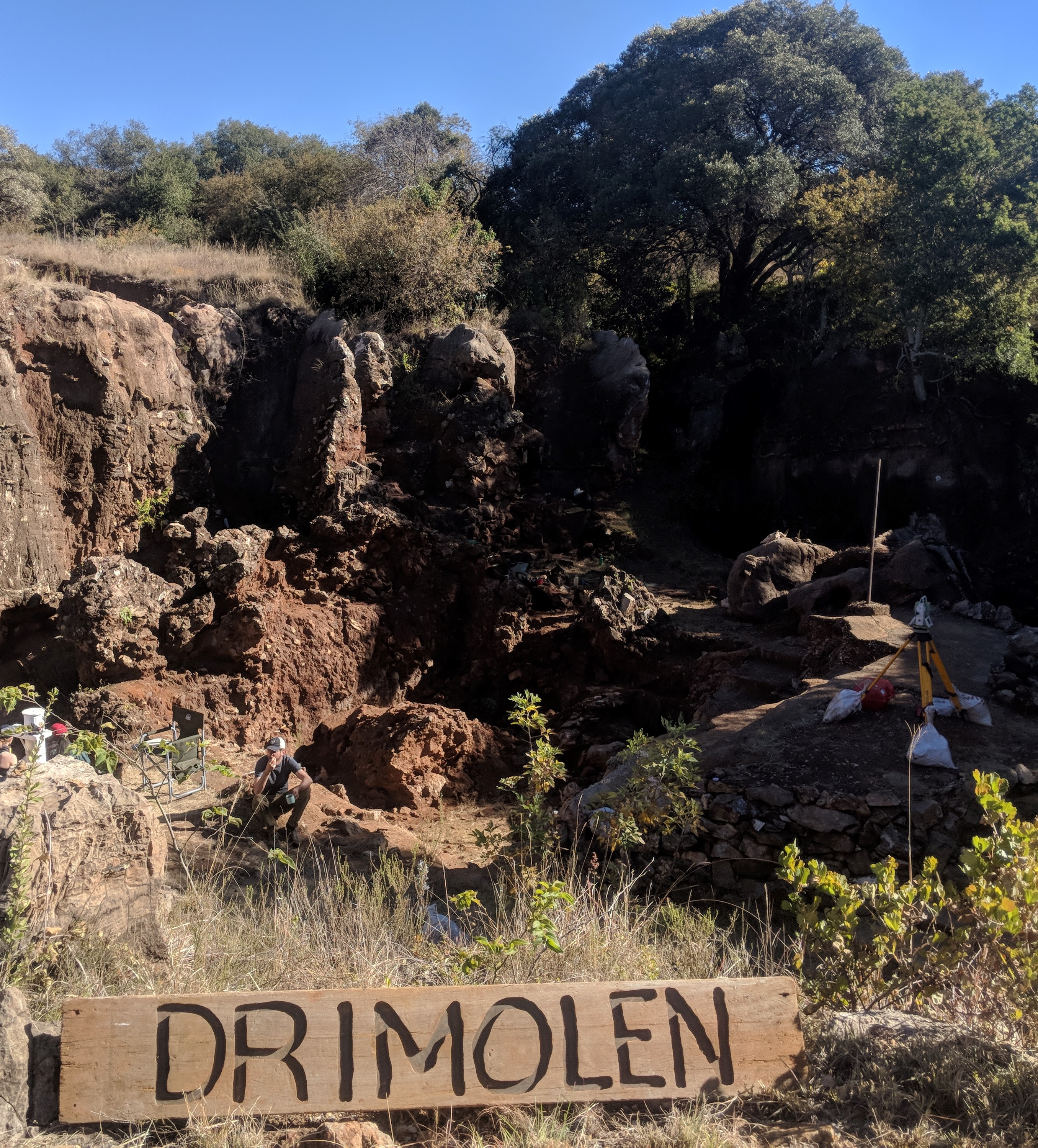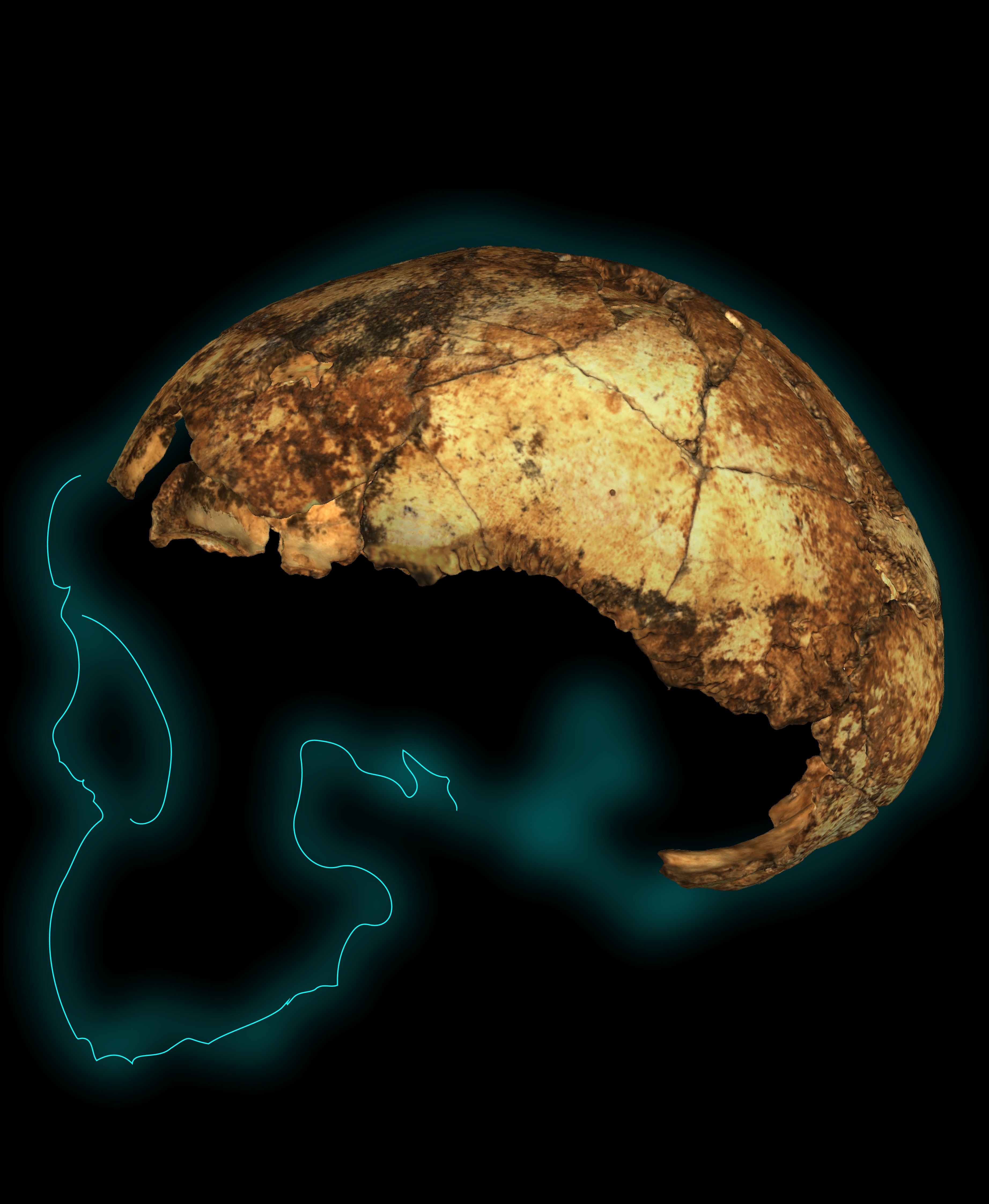Human ancestor Homo erectus ‘at least 150,000 years older than thought’
The findings are based on skull fragments from a site in South Africa.

Man’s direct ancestor Homo erectus is at least 150,000 years older than previously thought and may have emerged from South Africa, researchers have said.
Their findings, which are based on recently unearthed skull fragments from a fossil site near Johannesburg, also appear to contradict previous evidence that suggests the species came out of eastern Africa.
The researchers – from US, South Africa and Australia – believe H. erectus may have lived alongside two other human-like creatures called hominins nearly two million years ago – Paranthropus and Australopithecus.
They said their discovery, detailed in the journal Science, may have implications for the origins of modern humans as H. erectus is a direct ancestor best known for migrating out of Africa into the rest of the world.

The H. erectus skull bones, which the scientists named DNH 134, were found in Drimolen – one of the archaeological sites in the Cradle of Humankind, which is famous for fossils of hominins and is located about 31 miles north-west of Johannesburg.
They believe DNH 134 to be between 2.04 to 1.95 million years old and belonged to a child “likely aged between two and three”.
Before the discovery of DNH 134, the oldest H. erectus in the world was from Dmanisi in Georgia, dating to 1.8 million years ago, the researchers said.
Professor Andy Herries, head of the department of archaeology and history at La Trobe University in Australia and lead author on the study, said: “The age of the DNH 134 fossil shows that Homo erectus existed 150,000 to 200,000 years earlier than previously thought.”
The researchers believe their discovery could have implications for the evolutionary timeline of modern humans.

Stephanie Baker, a PhD candidate at the Palaeo-Research Institute at the University of Johannesburg, said: “Until this find, we always assumed Homo erectus originated from eastern Africa.
“But DNH 134 shows that Homo erectus, one of our direct ancestors, possibly comes from southern Africa instead.
“That would mean that they later moved northwards into east Africa.
“From there they went through north Africa to populate the rest of the world.”
The researchers said the DNH 134 skullcap also shows that three species of early human ancestor lived in South Africa at the same time.

Prof Herries said: “We can now say Homo erectus shared the landscape with two other types of humans in South Africa, Paranthropus and Australopithecus.”
According to the researchers, H. erectus was tall, walked upright, was more human-like in comparison to the other two species and ate things which are easier to digest – like fruits and berries.
Ms Baker added: “We also know that they were eating meat, but we aren’t exactly sure how they were getting it yet.
“We can say that at least these early Homo erectus weren’t hunting with any weaponry yet.”





